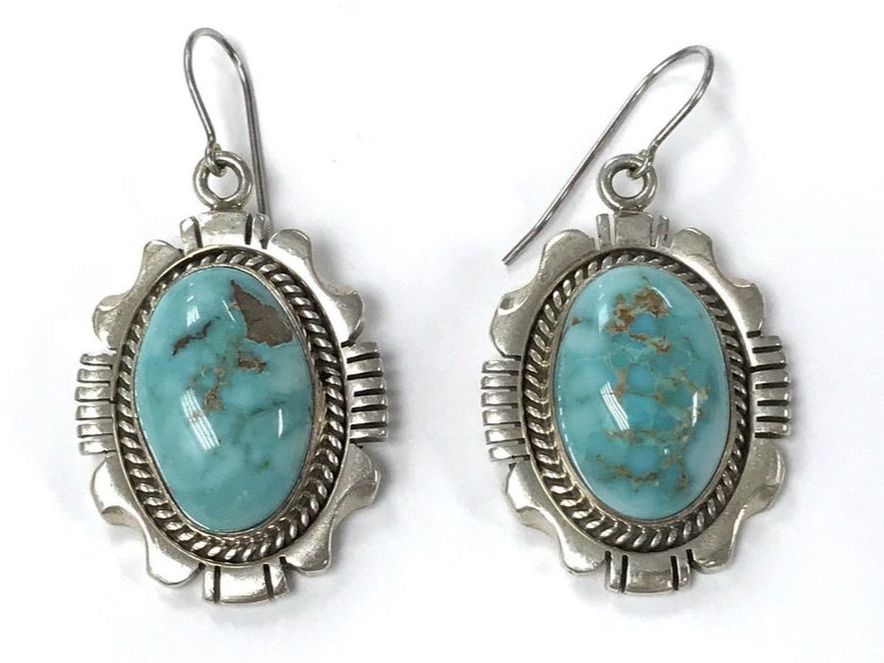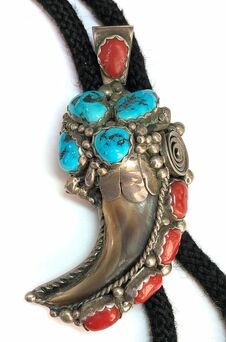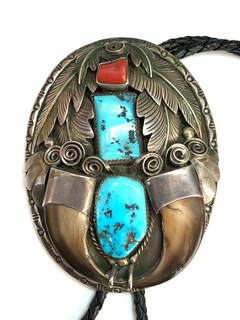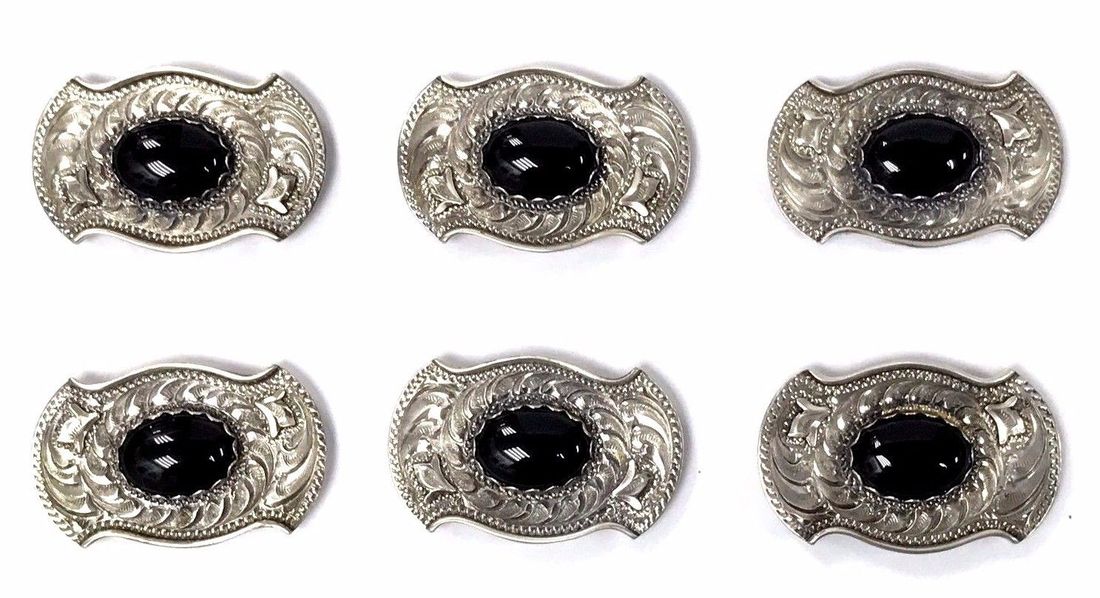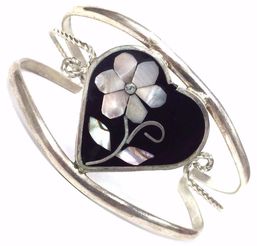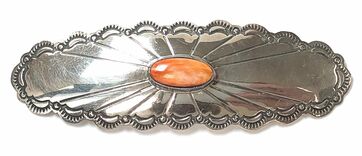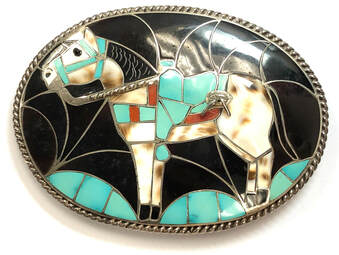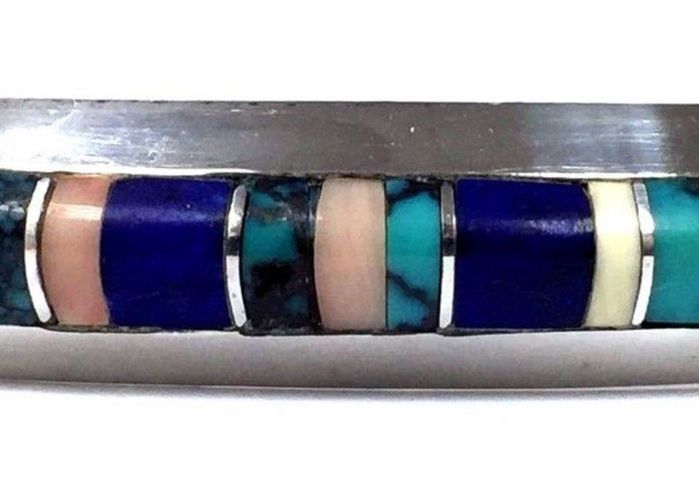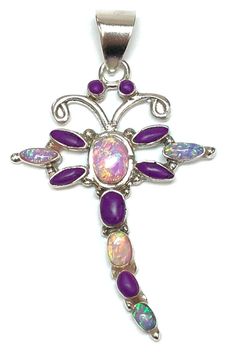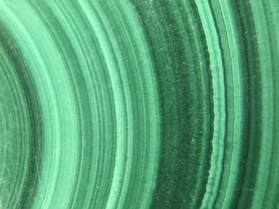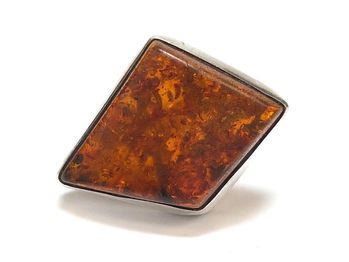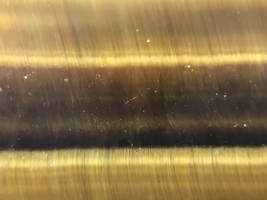turquoiseTurquoise is quite possibly the most popular gemstone used in Native American jewelry. Turquoise was readily available to Southwestern artisans due to multiple mines throughout Arizona, New Mexico, Colorado, and more. Turquoise smaller than a grain of rice are used in Zuni Petit Point stonework jewelry, while massive chunks of uncut turquoise are bezel-set in bold, Navajo squash blossom jewelry designs. |
coralCoral is a type of organic gemstone that was brought to America from the waters of Spain and Italy. Coral ranges in color from white, to pink, to blood red. Pink coral is known as "angelskin color", and can be quite valuable, depending on quality. Red coral is known as "precious coral". Its deep, blood red color is generally the most sought after, and is the most valuable type of coral. |
Tiger ShellTiger shell is known for its spotted appearance, resembling the fur of a wild animal. Tiger shells come from large sea snails, known as cypraea tigris. These snails are found on the ocean floor, near coral habitats, off the coasts in the Indo-Pacific region. |
lapis lazuliLapis lazuli is an attractive blue gem composed of lazurite, often mottled with white calcite. It's known for its golden pyrite mineral inclusions. Lapis was available to Southwestern artists due to mines located in California and Colorado. |


